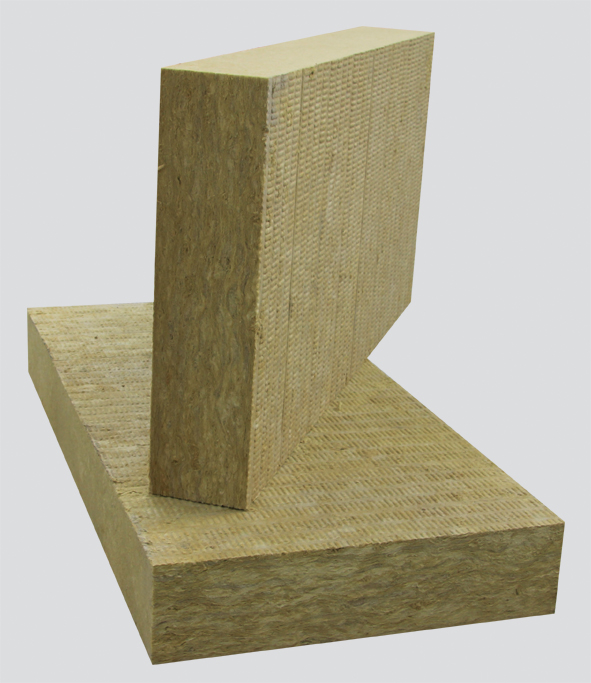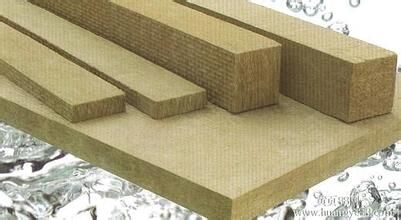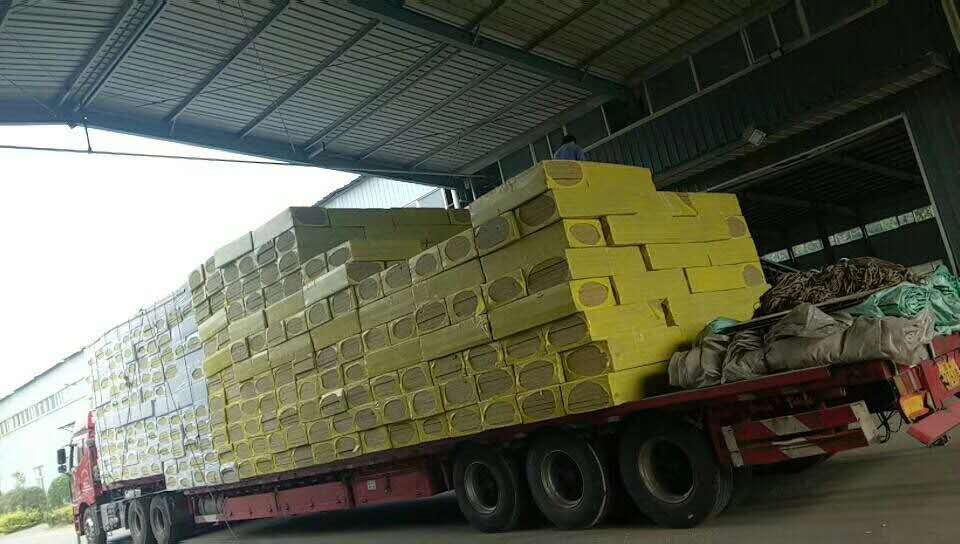With the widespread application of prestressing technology, especially the use of post-tensioned prestressed technology on high-pier and long-span continuous girder bridges, how to further improve the safety and durability of post-tensioned prestressed structures is worthy of consideration by the majority of constructors. The problem. Prestressed vacuum grouting technology is an important measure to prevent corrosion of prestressed tendons, to ensure that the slurry in the channel is firmly bonded with prestressed tendons and component crucibles, and to improve the safety and durability of prestressed components. The basic principle is: At one end, a vacuum pump is used to evacuate the air channel so that a vacuum of about 0.1 MPa is produced. Then, the optimized special cement slurry is poured from the other end of the channel through a grout pump until it fills the entire channel, and is added. The positive pressure of 0.5-0.7MPa is used to increase the fullness and compactness of the grouting of prestressed holes, eliminate bubbles, reduce the phenomenon of pores and bleeding, and avoid cracks. 1 vacuum grouting material 1.1 slurry raw materials Ordinary Portland cement 42.5 or more; concrete additives for vacuum grouting; meet the requirements of water. 1.2 Pulp quality control Water-based: less than 2% of the initial volume of cement slurry, the difference between four consecutive test results is less than 1%, 24 hours after mixing, the bleeding of cement slurry should be able to self-absorption; water-cement ratio: 0.30 - concrete additives The amount of incorporation should be determined according to the test, which is generally about 4% of the amount of cement (weight ratio). 2Preparation work before vacuum grouting 2.1 Preparation of vacuum grouting materials Check and accept the type, quality and quantity of materials, and use them only after being qualified. Prepare the admixture according to the integer amount of cement per package. Check whether the water supply and power supply are complete. 2.2 Preparation of vacuum grouting equipment Vacuum grouting equipment includes: 1 SZ―2 water ring vacuum pump; 1 UBL3 screw type grout pump; 1 mortar mixer; 1 vacuum pressure gauge; 2 air filter QSL―20 type 2 A number of platform scales for measurement, a number of tubes; several high-strength rubber tubes; connectors, control valves, wrenches, and other auxiliary tools. Check that the grouting pump is in good condition; check whether the grouting pump and the suction pump have dry ash, if any, must be removed and washed. Transmission pipe should use high-strength rubber tube that can withstand 1. 5MPa pressure, rubber pipe connection should be firm to avoid the pipe; check the vacuum pump is working properly. When using the vacuum pump, attention should be paid: when starting, the water valve should be opened first, and then the pump should be turned on; when closing, the water valve should be closed first, and then the pump should be stopped; if the mixer is checked for normal operation, the discharge port should be equipped with a 1. 2mm sieve screen. 2.3 After tensioning, close the anchor head and remove the excess prestressed tendons. Before the grouting, 24-48h, fill the concave end with the fine stone concrete, grouting hole, exhaust hole (vacuum tube) One end of the galvanized water pipe threaded. 2.4 Inspect the hole to check whether the grouting hole and the vent hole are unblocked. If it is blocked, you must clear it. If there is a foreign matter on the hole, it must be rinsed with water, and then the water in the hole should be dried with high-pressure air. It is strictly forbidden to conduct vacuum grouting in case of water accumulation in the hole (the vacuum pump cannot be used for pumping). 3 Vacuum grouting 3.1 Component connection Connect the components as shown. 3.2 Stir the grout. Pour the required amount of water into the mixer. The cement is added to the blender in bales, and 20% to 30% of the additive is added. The mixer is started and stirred for 2 3 minutes. Then the rest of the additives are added slowly. The components are then stirred to indicate the mixing time. The mixing of the cement should be ensured. Cement paste consistency. In the process of grouting, the stirring of the cement slurry should be continuous. If the indirect pipe is stopped, the cement slurry should be circulated between the mixer and the grouting pump to avoid sedimentation and blockage of the slurry. 3.3 grouting line vacuum, when the vacuum degree reaches a stable (a 0.09 * 0.06MPa), the grout is added to the grout pump to play a part of the slurry to be the same concentration of these grouts, the grout pipe is connected to the hole grouting pipe On top, firmly. (2) Open the valve 1, start the grouting pump, and start grouting. (3) Keep the vacuum pump on. When the air filter is observed to have a slurry passing, turn off the vacuum pump and the valve. (4) Open the valve 2 to observe the discharge of the exhaust pipe, when the slurry consistency and irrigation Consistent consistency before, close the exhaust valve 2 still grouting to make the pipeline have 0.5-0.7MPa pressure, holding pressure 1*2min, and then close the valve 1. (5) remove the slurry pipe, remove the live connection, clean the air The filter is then connected to another set of holes and the grouting is restarted after the above steps. (6) The tunnel grouting should be continuous and completed once. When moving grouting pump and vacuum pump and other equipments, it should continue to start the grouting pump, so that the slurry circulates between the slurry conveying pipe and the mixer to prevent the slurry from causing sedimentation due to the stoppage of the slurry for a long time, resulting in blockage of the pipe. After filling a hole, remove the live joint and wash it. Then fill it with another hole and grout. Do not open the other joints. About 10 h after vacuum grouting, the valve can be removed and cleaned for reuse. (7) The temperature of the cement slurry during stirring or pumping should not exceed 50*C. The vacuum grouting ambient temperature range is: 10 3.4 After the cleaning grouting is completed, remove the air filter, clean the slurry pipe, and grout pump. , mixers, valves, air filters, and tools with cement paste. 3.5 Precautions (1) If any moisture or dirt remains in the pipe before grouting, it is necessary to consider using a compressor to blow the moisture or dirt that remains in the pipe to ensure that the vacuum grouting works smoothly. (2) The airtightness of the entire connecting pipe must be carefully checked, and it can enter the next process only after it is qualified. (3) When the slurry is stirred, the amount of water, cement, and admixture must be strictly controlled, and the error must not exceed 1.0%. (4) The amount of water must be strictly controlled, and the fluidity of the slurry should be reduced if it is not used in time. It is forbidden to add water to add its fluidity. (5) The well-mixed slurry shall be completely discharged every time. Before the slurry is completely discharged, the unmixed materials shall not be put into use, and the method of feeding material while discharging the material shall not be adopted. (6) Any type of additive added to the mixer must be fed after the slurry has been stirred for a certain period of time. (7) The valves and joints installed in the grouting and discharging ends should be removed and cleaned as soon as possible after the initial coagulation of the slurry. 4 Conclusion By applying vacuum grouting technology to the post-tensioned prestressed components, especially the prestressed components of long-span continuous girder bridges, the fullness and compaction of the slurry in the apertures are improved so that the slurry and the apertures are fully bonded. At the same time, the pressure in the channel is maintained at 0.5-0.7 MPa for 1-2 minutes so that the slurry fills the channel, reducing the bubbles and bleeding phenomenon in the slurry, avoiding cracks and achieving the purpose of improving the safety and durability of the bridge. .
Rockwool
Rockwool Production Line,Rockwool Product,Rockwool Roll,Rockwool Pipe HEBEI HENGDA SEALING MATERIALS CO.,LTD. , https://www.hengdasealing.com
Description:Rock wool for external wall insulation is specially designed for the thin ash system for the external wall insulation for the buildings,having certain vertical tensile strength,dimensional stability,high hydrophobic rate and low water absorption.Rockwool applies to news building with the foundation wall in concrete or brick wall compact structure or the external wall insulation or energy-saving re-modification of the existing buildings.Meanwhile,this product can be used as the fire barrier matching with the external wall insulation system to enhance the overall fire safety of building external wall.
Usage of Rockwool:Mainly apply to the building`s external wall insulation system consisting of the composite protective layer of rendering coat mortar and reinforced fiberglass mesh and mortar finishing layer or paint and connected and fixed to the base course wall through adhesive and bolts.
Also apply to non-transparent curtain wall insulation system.



Application of vacuum grouting technology in post-tensioned prestressed components
Application of vacuum grouting technology in post-tensioned prestressed components
Core Tip: With the widespread application of prestressing technology, especially the use of post-tensioned prestressed technology in high-pier and large-span continuous beam bridges, how to further improve the safety and durability of post-tensioned prestressed structures is worth the majority Builders ponder the issue. Prestressed vacuum grouting technology is to prevent prestressed tendons from corrosion and ensure the channel